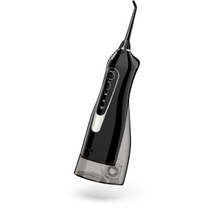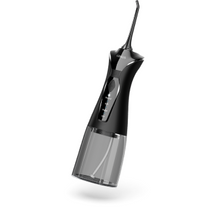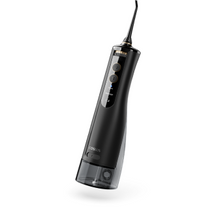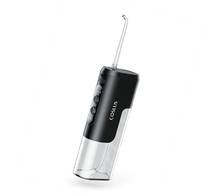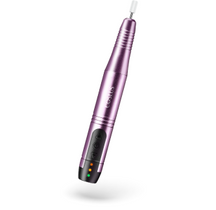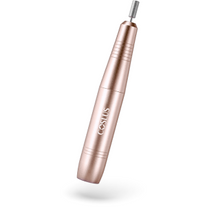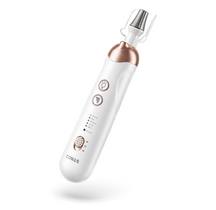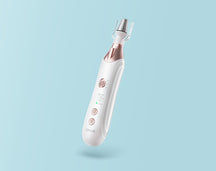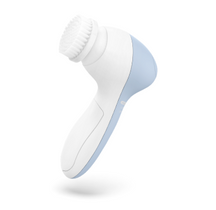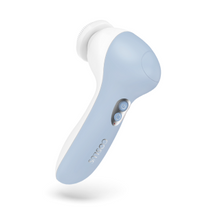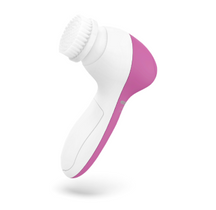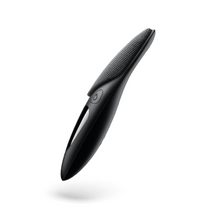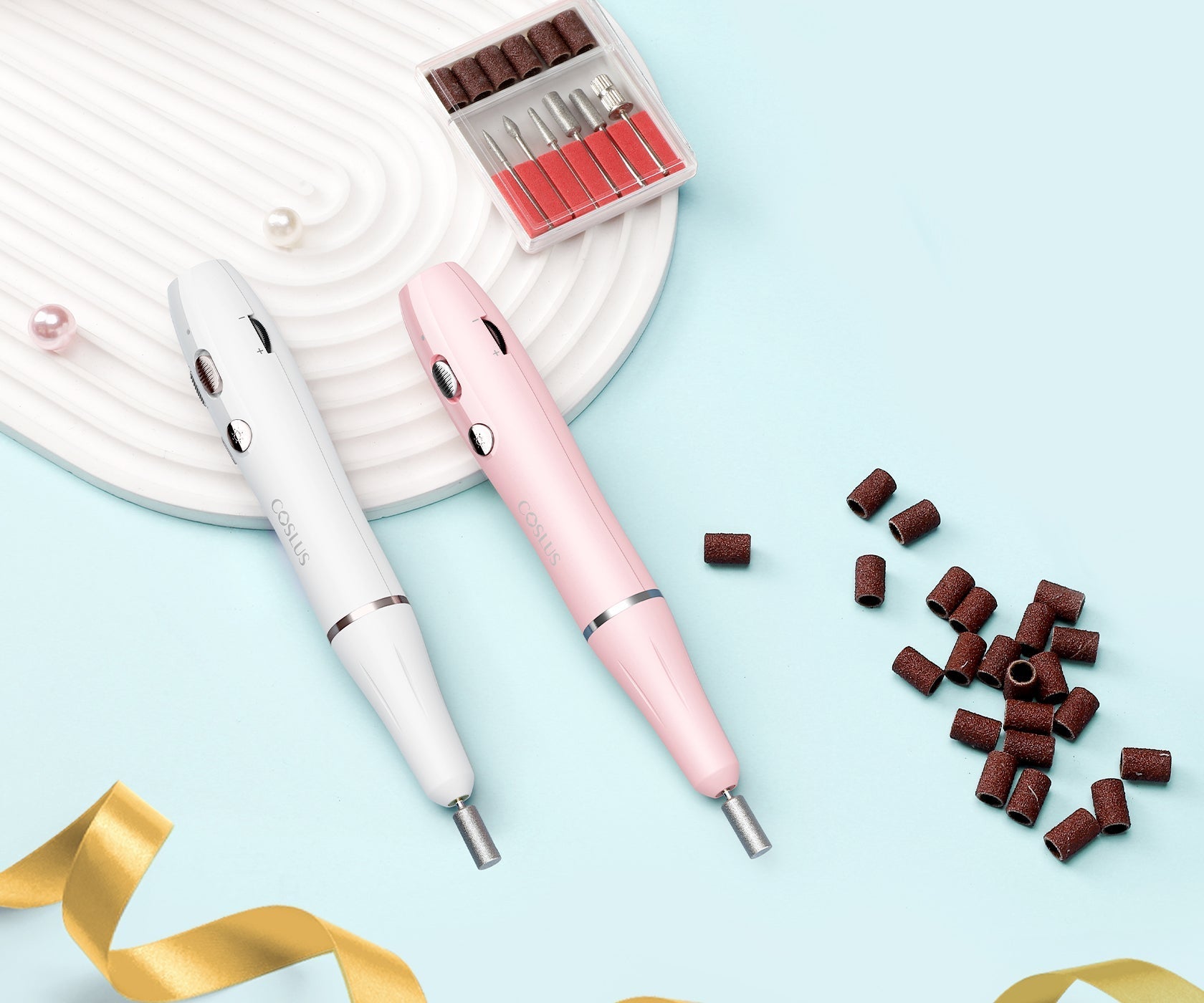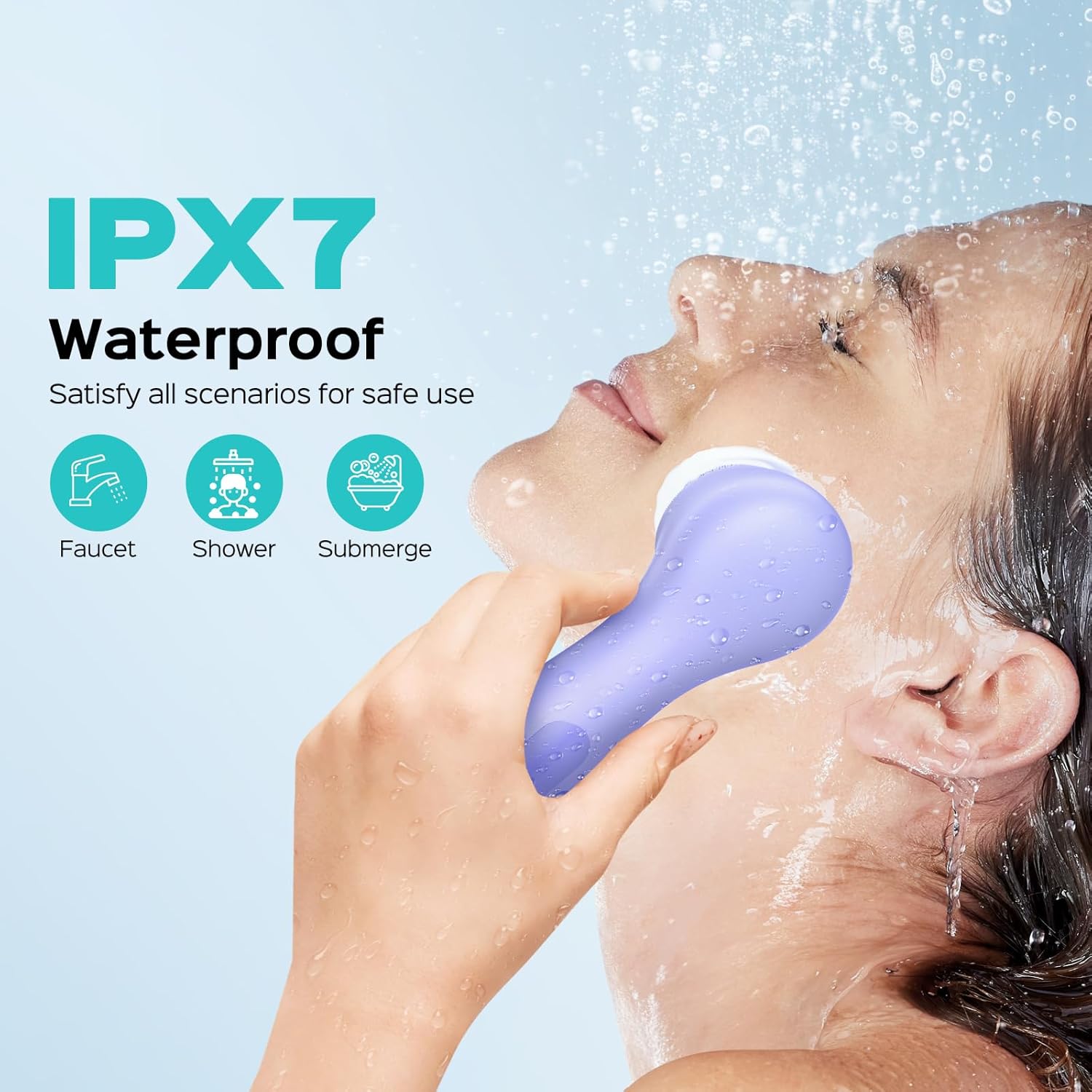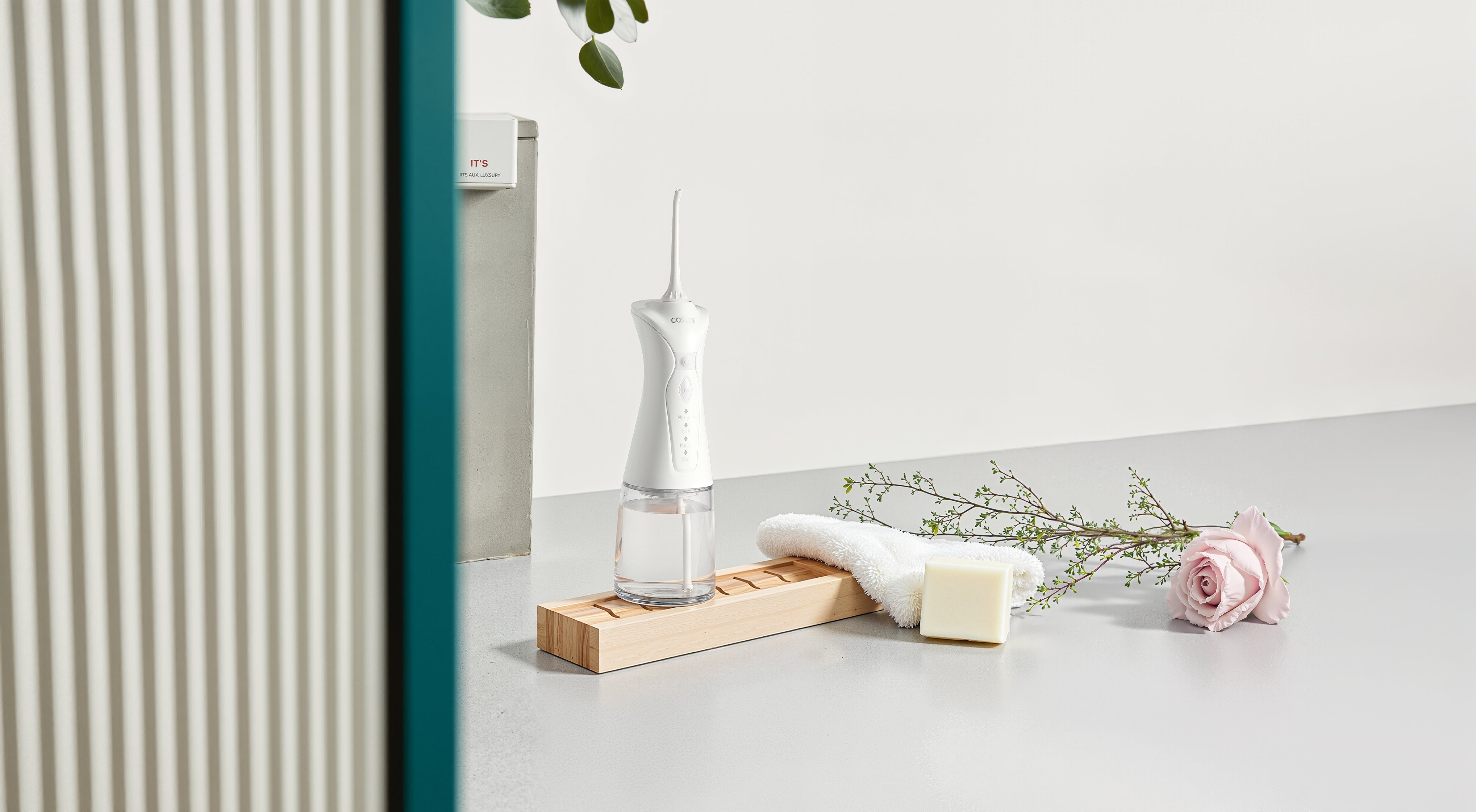
How to Use a Facial Brush Safely Dos, Don’ts, and Pro Tips
Facial brushes can make your skin cleaner and smoother. But only if you use them the right way. Many people use them too often or press too hard. That can hurt your skin instead of helping. In this guide, you'll learn how to use a facial brush safely. You’ll also know when to use it, who should avoid it, and how to get the best results for your skin type.
Clean Start: How to Use a Facial Brush Step-by-Step
Using a facial brush is easy. But you need to follow the steps in order. This helps protect your skin and keeps your brush working well.
1. Remove Makeup First
Always remove your makeup prior to using your brush. Use a makeup remover, micellar water, or cleansing balm. This will clean the brush and stop you from clogging up your pores by pushing makeup further into them.
2. Apply a Mild Cleanser
Choose a face wash that does not have scrubbing beads and strong acids. Foaming cleanser or gel bases are fine. Do not use any face wash that has exfoliating particles in it.
3. Wet Your Face and the Brush
Lukewarm water helps the brush move smoothly. Splash water on your face. Then, soak the brush head under running water. This helps reduce friction and prevents your skin from getting scratched. Make sure both are wet before you turn on the brush.
4. Move in Small Circles
Turn on the brush if it’s electric. Use light, circular motions on your cheeks, nose, forehead, and chin. Do not stay in one place too long. The total time should be about one minute.
5. Rinse and Pat Dry
After brushing, rinse your face with lukewarm water until all the cleanser is gone. Don’t leave any residue behind. Use a clean towel to gently pat your skin dry. Avoid rubbing, which can irritate fresh skin. Also, rinse the brush head well and shake off excess water. Let it air-dry in a clean space.
6. Finish With Your Routine
Cleansing opens your pores and preps your skin. After brushing, use a toner to balance your skin’s pH. Then, apply a serum based on your skin needs—like hydration or calming care. Finish with a gentle moisturizer to lock in hydration and soothe your skin barrier.
7. Safety Tips
- Never press hard on your face.
- Don’t use it over pimples, scabs, or rashes.
- Follow the instructions for your brush model.
- Clean your brush after every use.
Timing Matters: How Often Should You Use a Facial Brush?
Facial brushes can be too much if you use them every day. Your skin needs time to rest and rebuild. The right frequency on your skin type and how your skin reacts.
Oily or Combination Skin
If your skin makes extra oil or gets shiny quickly, a brush can help keep your pores clear. Use it two times per week. If your skin handles exfoliation well, you might use it three times—but stop if redness or tightness happens. Always watch how your skin reacts.
Dry or Sensitive Skin
If your skin feels tight, flaky, or reacts easily, be more careful. Start with once a week. If your skin feels okay, try twice per week. But stop if you see redness or get a burning feeling. Use the softest brush head you can find and avoid using it near irritated spots.
Mature or Thin Skin
Older skin is often more delicate. Use once a week at most. Choose the softest brush head available.
Signs You Are Overdoing It
- Redness that doesn’t go away after 30 minutes
- Flaking or dry patches
- Skin that stings when applying products
If any of these happen, stop using the brush for a week. Let your skin recover before trying again.
Know the Limits: Who Should Skip Facial Brushes?
Facial brushes are not right for everyone. Some skin types may get worse with brushing. Here are the top reasons to avoid them:
- Active acne: Brushing over inflamed pimples can spread bacteria.
- Skin diseases: People with rosacea, eczema, or psoriasis should not use facial brushes.
- Damaged skin: If your skin is sunburned or healing from a treatment, skip the brush.
- Post-surgery or peeling: Fresh skin needs time to recover fully.
If unsure, ask a dermatologist before starting.
Common Mistakes That Harm the Skin
Many people think more brushing means cleaner skin. That’s not true. Here are mistakes that can hurt your face:
Using Strong Exfoliants
Don’t use acid-based cleansers or physical scrubs with your brush. That’s too much exfoliation and can cause micro-tears in your skin.
Not Cleaning the Brush
A dirty brush is not safe. It can collect oil, dead skin, and bacteria. Rinse the brush every time after use. Once a week, clean it with gentle soap and warm water. Let it dry fully in the open air.
Pushing Too Hard
More pressure doesn’t mean cleaner skin. It can break tiny blood vessels or cause swelling. Always use light, gentle motions. Let the brush do the work.
Brushing Too Long
One minute is enough. Don’t try to "deep clean" by brushing for longer. It can cause more harm than good.
Fitting It In: Where the Facial Brush Belongs in Your Routine
To get the best results, use your brush at the right time in your skincare routine.
Night Is Best
Your skin collects dirt, oil, and sunscreen during the day. Brushing at night helps remove all of that. Your skin can also rest while you sleep.
Routine Order (Evening)
- Remove makeup
- Apply cleanser
- Use the facial brush
- Rinse and pat dry
- Use toner
- Apply serum
- Finish with moisturizer
Morning Routine? Use Caution
In the morning, you don’t need deep cleaning. Washing with your hands is enough. Using a brush may irritate skin that’s still recovering from the night before.
Real Routines: Match Your Skin Type
The brush is just one part of your skincare. Here’s how to fit it into different skin types:
| Step | For Oily Skin | For Dry Skin | For Sensitive Skin | For Mature Skin |
| Cleanser | Gel cleanser | Cream cleanser | Fragrance-free cleanser | Balm or cream cleanser |
| Brushing | Brush twice a week | Brush once a week | Brush with soft bristles once a week | Soft brush once a week |
| Toner | Pore-tightening toner | Hydrating toner | Soothing toner | Antioxidant toner |
| Serum | Lightweight serum | Hyaluronic acid serum | Barrier-repair serum | Anti-aging serum |
| Moisturizer/Cream | Oil-free moisturizer | Thick moisturizer | Rich moisturizer with ceramides | Nourishing night cream |
Frequently Asked Questions (FAQs)
Q1. Can I use a facial brush with retinol?
No. Do not use a facial brush on the same night you use retinol. This can make your skin very dry or irritated. Leave 1–2 days between brushing and retinol use.
Q2. How often should I replace my brush head?
Most brands recommend changing the brush headistles look bent, dirty, or discolored, replace them sooner.
Q3. Can I use my facial brush in the shower?
Some brushes are waterproof, others are not. Check the product label. If waterproof, it’s okay to use in the shower—but always air-dry it afterward to prevent mold.
Q4. Is a silicone brush better for hygiene?
Of course. Silicone brushes don’t hold bacteria as easily as bristle brushes. They are easier to clean and better for sensitive skin.
Q5. Can I use the same brush for my face and body?
No. Use a separate brush for your face. Body brushes are usually rougher and not safe for facial skin.
Final Thoughts: Use Smart, Brush Gentle
Facial brushes can be helpful—but only when used with care. Start slow. Don’t press hard. Clean your brush often. Use it at night for better results. Pay attention to how your skin feels after use. If it feels smooth and soft, you’re doing it right. If it feels sore or red, take a break. With the right method, your facial brush can be a great tool for clean, healthy skin.
Table of Contents
- Clean Start: How to Use a Facial Brush Step-by-Step
- Timing Matters: How Often Should You Use a Facial Brush?
- Know the Limits: Who Should Skip Facial Brushes?
- Common Mistakes That Harm the Skin
- Fitting It In: Where the Facial Brush Belongs in Your Routine
- Real Routines: Match Your Skin Type
- Frequently Asked Questions (FAQs)
- Final Thoughts: Use Smart, Brush Gentle
Table of Contents
- Clean Start: How to Use a Facial Brush Step-by-Step
- Timing Matters: How Often Should You Use a Facial Brush?
- Know the Limits: Who Should Skip Facial Brushes?
- Common Mistakes That Harm the Skin
- Fitting It In: Where the Facial Brush Belongs in Your Routine
- Real Routines: Match Your Skin Type
- Frequently Asked Questions (FAQs)
- Final Thoughts: Use Smart, Brush Gentle


